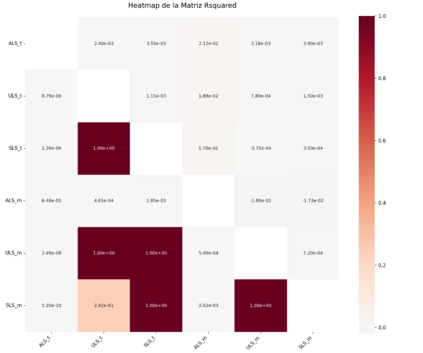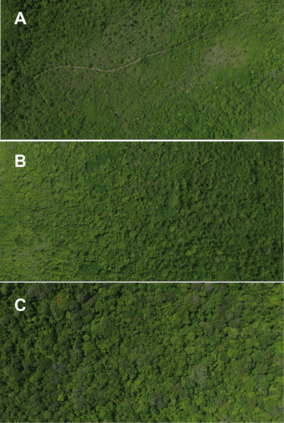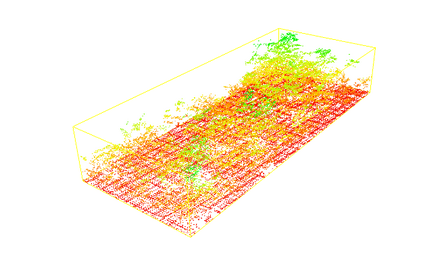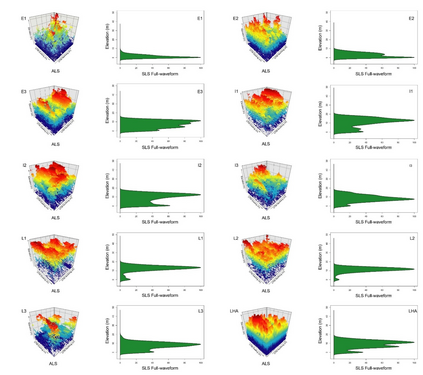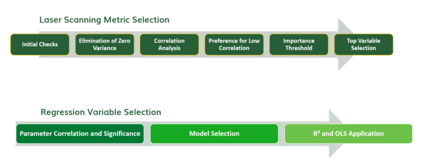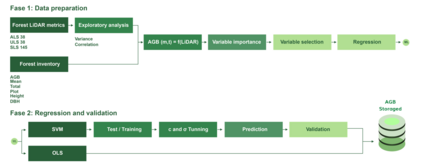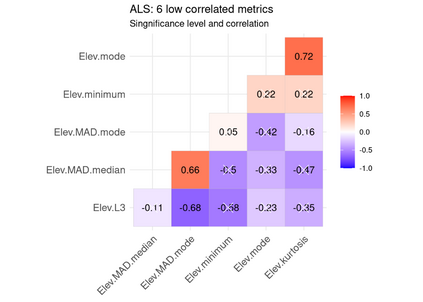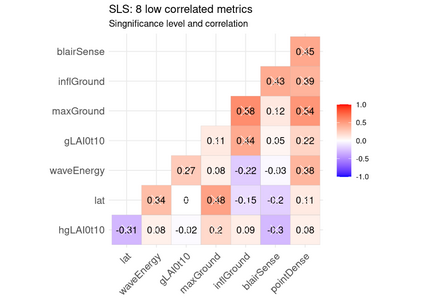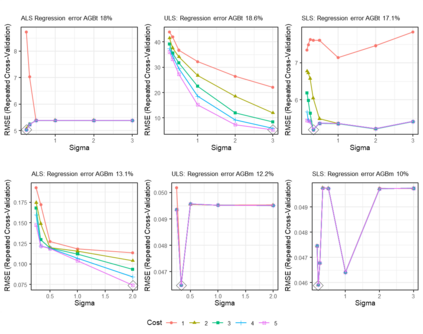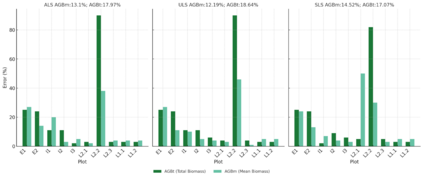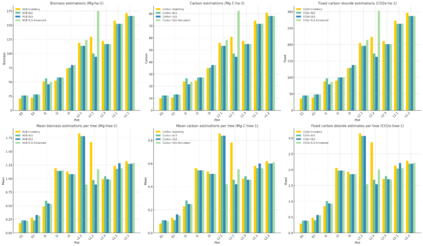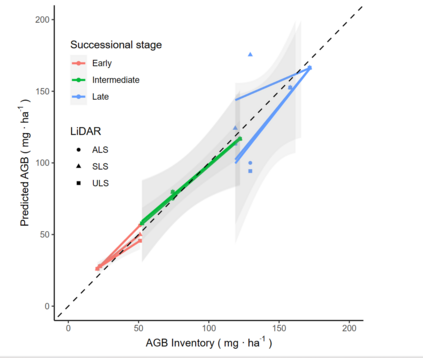According to the Paris Climate Change Agreement, all nations are required to submit reports on their greenhouse gas emissions and absorption every two years by 2024. Consequently, forests play a crucial role in reducing carbon emissions, which is essential for meeting these obligations. Recognizing the significance of forest conservation in the global battle against climate change, Article 5 of the Paris Agreement emphasizes the need for high-quality forest data. This study focuses on enhancing methods for mapping aboveground biomass in tropical dry forests. Tropical dry forests are considered one of the least understood tropical forest environments; therefore, there is a need for accurate approaches to estimate carbon pools. We employ a comparative analysis of AGB estimates, utilizing different discrete and full-waveform laser scanning datasets in conjunction with Ordinary Least Squares and Bayesian approaches SVM. Airborne Laser Scanning, Unmanned Laser Scanning, and Space Laser Scanning were used as independent variables for extracting forest metrics. Variable selection, SVM regression tuning, and cross-validation via a machine-learning approach were applied to account for overfitting and underfitting. The results indicate that six key variables primarily related to tree height: Elev.minimum, Elev.L3, lev.MAD.mode, Elev.mode, Elev.MAD.median, and Elev.skewness, are important for AGB estimation using ALSD and ULSD , while Leaf Area Index, canopy coverage and height, terrain elevation, and full-waveform signal energy emerged as the most vital variables. AGB values estimated from ten permanent tropical dry forest plots in Costa Rica Guanacaste province ranged from 26.02 Mg/ha to 175.43 Mg/ha . The SVM regressions demonstrated a 17.89 error across all laser scanning systems, with SLSF W exhibiting the lowest error 17.07 in estimating total biomass per plot.
翻译:暂无翻译



